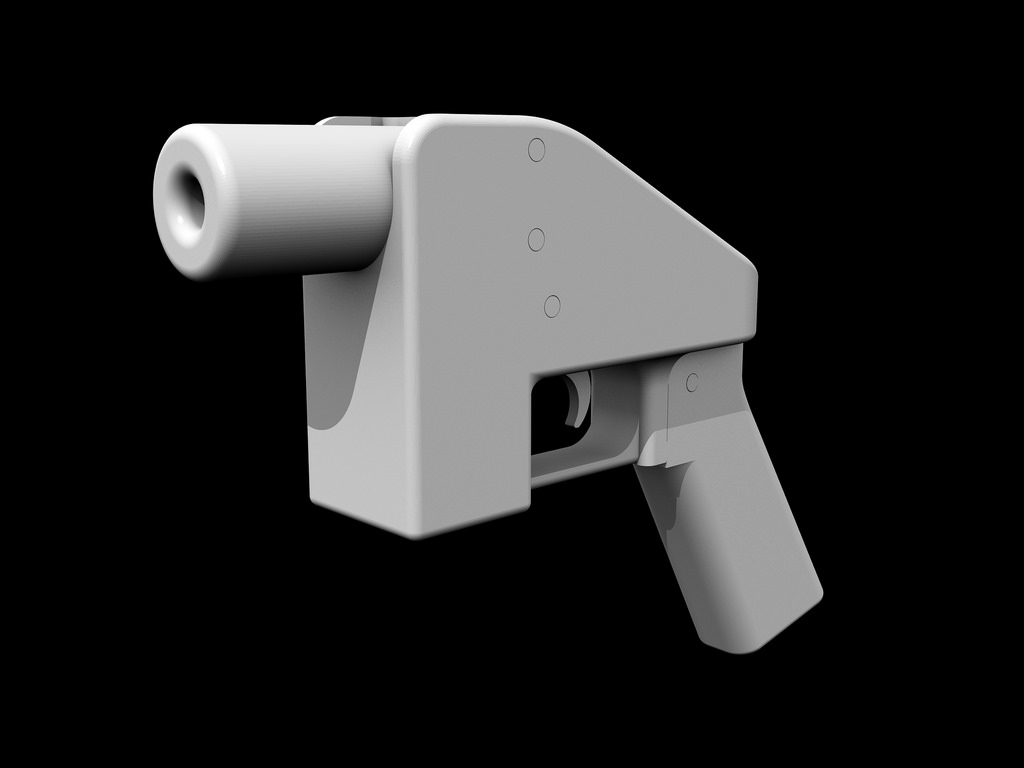Prepping safety tips: Top 8 strikes for self-defense
05/10/2022 / By Zoey Sky

It’s easy to imagine what you’re going to do in a self-defense situation, but it can be hard to stay calm and act appropriately when you actually have to defend yourself from an attacker.
If you’re worried about how to defend yourself in these kinds of situations, learn these eight useful strikes that are perfect for self-defense. (h/t to SurvivalSullivan.com)
Keep in mind that these strikes are not 100 percent effective. One strike won’t knock your opponent unconscious so you have to make every shot count.
Hammer fist
The hammer fist is a simple but devastating strike that involves swinging a closed fist as if you were swinging a hammer.
Swing horizontally and get your hips into it for a powerful blow to the side of the head or neck of your attacker, or drop it vertically and get the top of their head or shoulders.
Striking targets:
- Head
- Neck
- Ribs
- Shoulders and arms
- Throat
Note that putting too much strength in a hammer fist can get you into a certain amount of legal trouble, but not using enough strength may waste your strike.
Jab
A jab is a punch usually thrown with your dominant hand and has a couple of different uses. It can be employed offensively to stun an opponent or defensively while moving backward to create distance.
If you’re not sure how strong your opponent is, use a jab to determine their range or striking distance. Additionally, you can use a jab to set up other, stronger strikes.
To put power into your jab take a quick step forward or pivot your foot to throw from your hip and give yourself a significant boost. Note that stepping forward takes you out of your guard position, leaving you vulnerable to a counterattack.
If you throw a jab from your hip, you add a lot of power but sacrifice speed.
Striking targets
- Chest or body
- Face (including eyes and nose)
- Head
- Jaw
- Shoulders or arms
- Throat
If you can punch your opponent in the face, you can hurt them a lot and make their eyes water. A jab in the face is also very disorienting.
Take care when trying to get a jab in while defending yourself because you might break your hand.
The cartilage in your throat isn’t meant to take too much force so a strong enough blow could cause it to collapse. It’s also painful and leaves you short of breath.
Targeting an opponent’s throat may also leave them winded.
If you target their arms and shoulders, strong jabs can leave them numb and make it difficult to swing. (Related: Self-defense basics: 4 Tips that will improve your situational awareness.)
Palm strike
With a palm strike, you can somehow limit the amount of damage done. The strike is an open-handed strike with the palm of your hand. While it’s easier to pull off, it isn’t as versatile as some of the other strikes on this list.
Striking targets:
- Nose
- Sternum
- Throat
- Underside of the chin
With a palm strike, you can limit the damage because an open hand is more flexible than a closed fist and the impact is spread out over the whole hand rather than focused into a concentrated spot like it would be with your fist.
Straight (Cross)
A cross is often thrown after a jab with the opposite hand (e.g., left jab, right cross) and thrown across the body.
Either move forwards or backward, depending on whether you want to be on the offensive or defensive. However, there’s a slight drawback with a straight because it doesn’t have as much reach or speed as a jab.
Striking targets:
- Arms or shoulders
- Chest or body
- Face (including eyes and nose)
- Head
- Jaw
- Throat
The grade school trio
The grade school trio includes three simple, childish strikes that are also very effective: a foot stomp, shin kick and groin strike or kick. Stomping on someone’s foot will hurt, and when you use enough force it can even cause fractures.
A kick to the shins will also hurt. Remember that your shin is a piece of solid bone and kicks to the shins can cause both bruises and fractures.
There are many nerve clusters in your groin and getting hit or kicked there will hurt a lot.
Uppercut
An uppercut is perfect for close-quarters fights.
From your shoulder, keep your arm bent at 90 degrees then shoot your arm out in a circular motion upwards. This powerful strike can hurt your opponent, but it has a very limited range.
Striking targets:
- Chin
- Diaphragm
- Groin (if you’re on the ground)
- Stomach
An uppercut is a good, simple technique in theory, but the execution may be a little difficult.
It can be difficult at first, but you need to get used to being comfortable with getting close to an attacker so you can focus more on fighting back and putting power and weight into your strikes.
Hook (Difficulty: Advanced)
Hooks are suitable for close combat and like the uppercut, your arm is bent at a 90-degree angle. However, unlike the uppercut, a hook is thrown horizontally in a circular motion.
Striking targets:
- Kidneys
- Ribs
- Side of the head (including ears, cheeks and jaw)
- Shoulders and arms
When throwing a hook, you need to keep your arm and wrist in a straight line with each other to avoid injuring your wrist.
Since you’re also striking on or under your opponent’s guard, you might hurt your fist on their elbow.
Elbow strike
The elbow is a piece of solid bone and if it connects with anything it’s going to hurt. The elbow strike is a very powerful strike that can do a lot of damage, from minor bruises to fractures or concussions.
While powerful, it’s a very close-quarters type of strike that can make you vulnerable even if you don’t miss your strike. It also has a limited range, but you can throw it in several different ways to address the issue.
Striking targets:
- Face (including eyes, nose and chin)
- Head
- Solar plexus
- Throat
An elbow strike is easy to throw but can be very difficult to land.
When you’re being attacked, you must try to stay calm and know when to fight back or try to run away. If you think your opponent will easily overpower you or you prefer not to engage in close-quarters combat, you can also carry a self-defense weapon like pepper spray or a taser.
If you’re forced into a confrontation, use these strikes to gain the upper hand on your opponent.
Watch the video below to know more about the top 10 self-defense martial arts styles.
This video is from the Health with benefits channel on Brighteon.com.
More related stories:
Here’s why self-defense fitness is crucial to your survival.
Self-defense 101: Concealed carry tips for newbie preppers.
Self-defense 101: Ways to protect yourself when facing a dangerous situation.
Sources include:
Submit a correction >>
Tagged Under:
bug out, chaos, defensive tactics, disaster, hand-to-hand combat, panic, personal safety, preparedness, prepper, prepping, self-defense, SHTF, survival, survival skills, Survival Tips, survivalist
This article may contain statements that reflect the opinion of the author
RECENT NEWS & ARTICLES
COPYRIGHT © 2018 SELFDEFENSE.NEWS
All content posted on this site is protected under Free Speech. SelfDefense.news is not responsible for content written by contributing authors. The information on this site is provided for educational and entertainment purposes only. It is not intended as a substitute for professional advice of any kind. SelfDefense.news assumes no responsibility for the use or misuse of this material. All trademarks, registered trademarks and service marks mentioned on this site are the property of their respective owners.




















